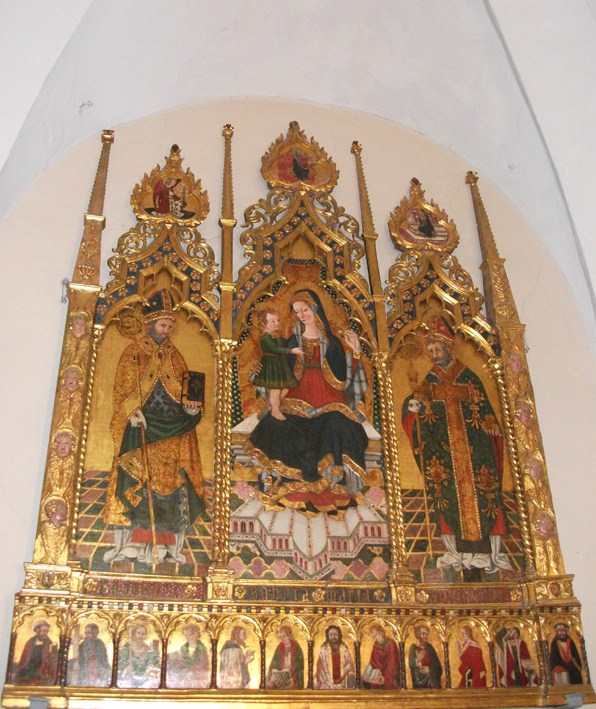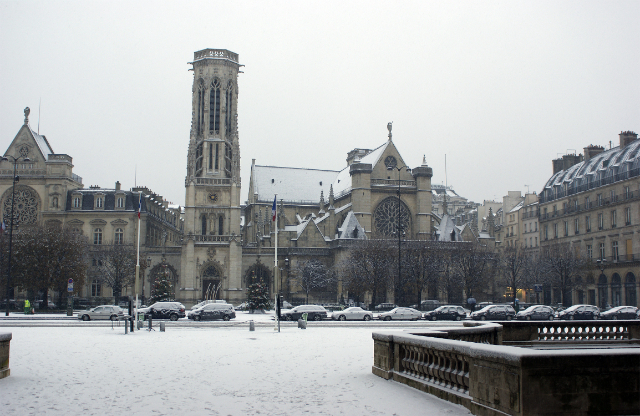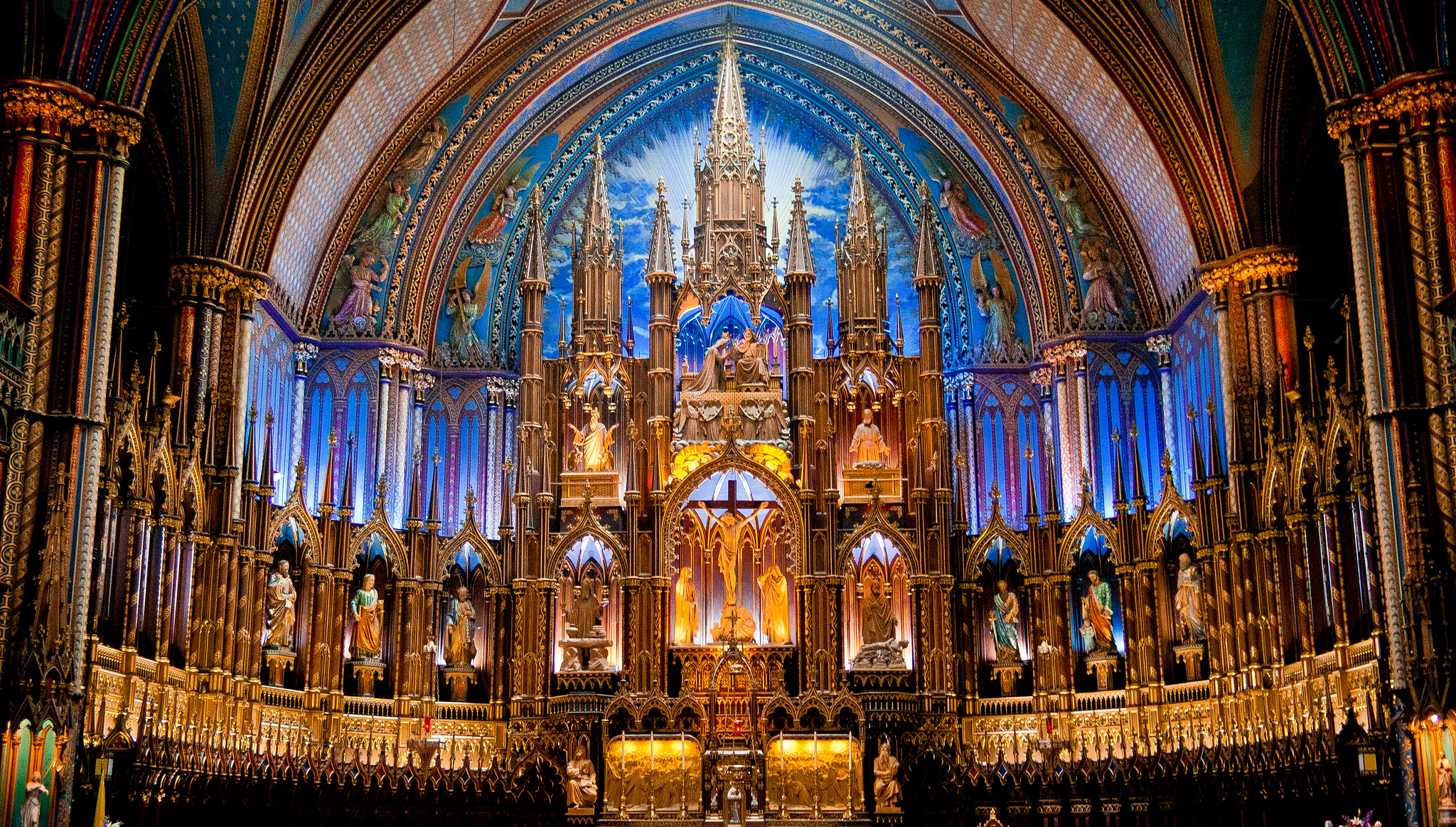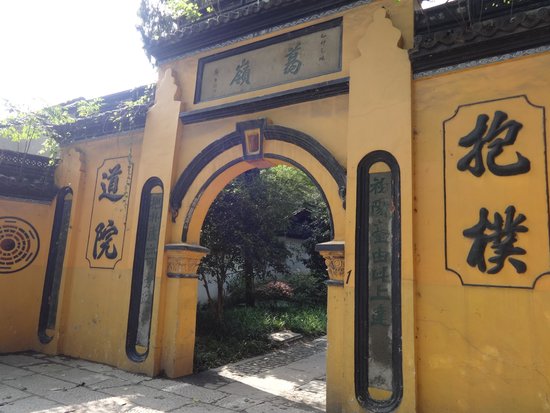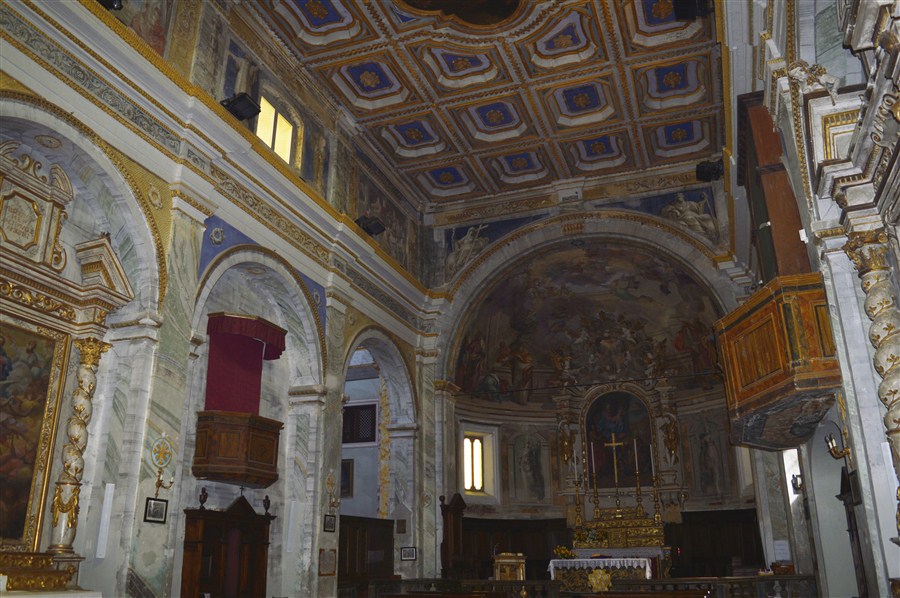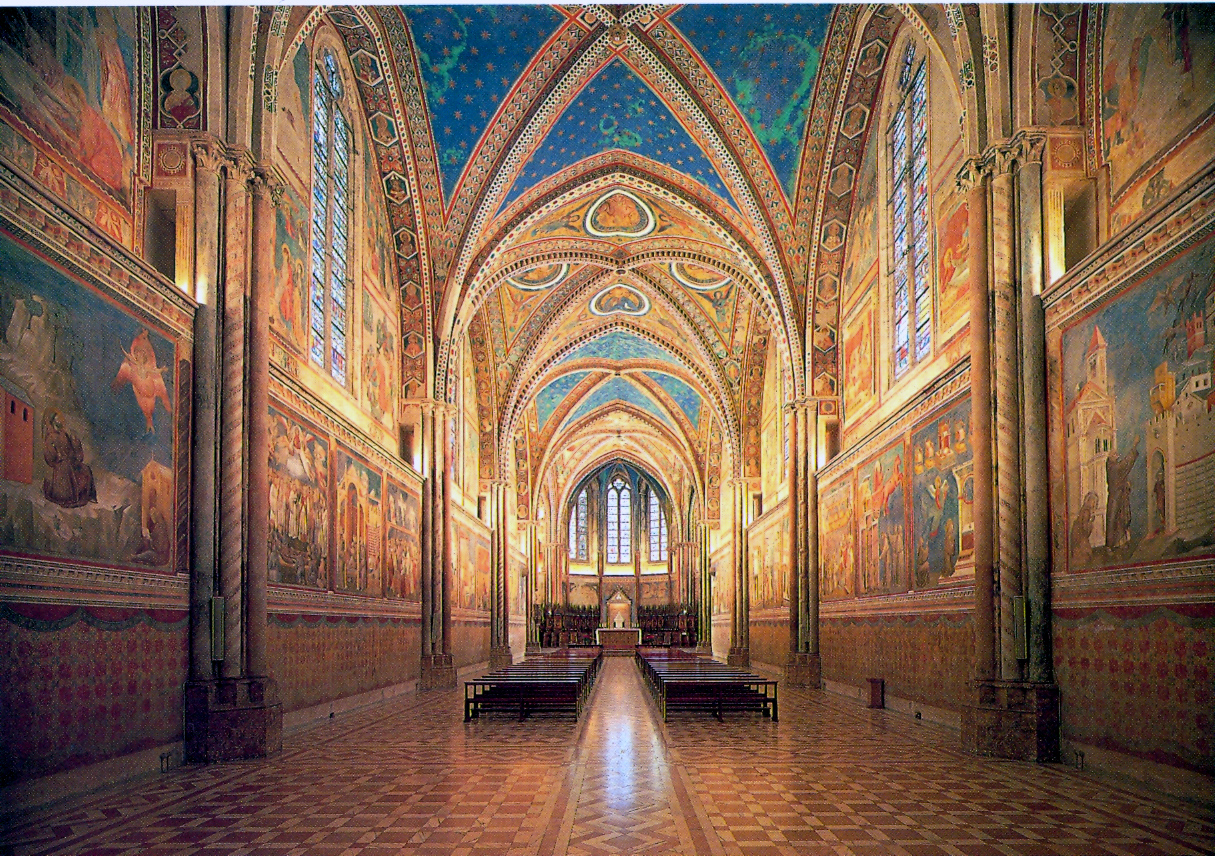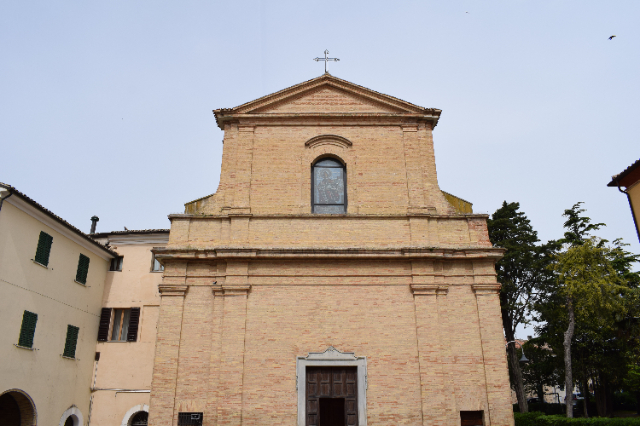Documents testify its existence since the year 1020. Enlarged and modified during the 18th century, it preserves on the left side of the façade, traces of the original structure: the lunette of the previous door, now walled up, and a 15th century carved sandstone architrave, which is walled up on the left side of the façade, surely the most ancient sculpture of Christian inspiration in Garfagnana. In this bas-relief, scholars have found, from time to time, protoromanesque elements, Byzantine-inspired themes, high expressions of local craftsmanship in stone working in the past centuries. The lintel is divided into six sections, with the Madonna on the throne with the Child Jesus in the center and four saints at the sides. The figure on the left could represent the believer who donated it. The saint in the last square on the right, however, is indicated by all as Sant ‘Antonio Abate. The bas-relief came to light, with the fall of the plaster that covered it, only in the ’50s.
But the work that alone deserves a visit to the church is the Triptych that is behind the high altar. Commonly in Borsigliana the work is called ancona, which derives from the greek-Byzantine eikòna (image) and was made in the second half of 1400 by the Master of Borsigliana, then identified in Pietro da Talada small town in the Apennines of Emilia, in the municipality of Busana of Reggio Emilia. There are several works of this painter in the valley, from Corfino to Camporgiano, up to Stazzema. In the central part of the triptych we have the Madonna seated with the Child in her arms, between San Prospero on the left and San Nicola di Bari (with pomegranate in his hand) on the right. In the predella are represented the twelve Apostles. Above, in the cymas, the archangel Gabriel, God the Father, the Virgin Mary at the moment of the announcement of the Incarnation.
